Art Nouveau Buildings in Russia
Continuing on with our theme of looking at the Art Nouveau movement, today we are going to journey to Russia and learn a little more about the buildings that were built between 1893 and 1910, and the people behind their design.
The first Art Nouveau building in Russia was built in Saint Petersburg in 1898. It was Hauswald Summer House (below), built by Vladimir Chagin and Vasily (Wilhelm) Schoene.1
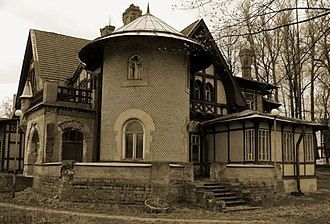
Two years later, Ryabushinsky Mansion, now Gorky House-Museum (below), was built and is considered to be one of the best examples of Art Nouveau buildings in Russia.
The house belonged to the banker and founder of Russia’s first car factory, Stepan Ryabushinsky and was built between 1900 and 1902 by the most successful architect of the time, Fyodor Schechtel.2
The building doesn't have a main façade. Rather, each facade is expressive in its own way, with entrances, balconies and windows of irregular shapes and varying sizes, adorned with whimsically designed wrought iron grilles. Like European architects, Schechtel drew inspiration from the natural world. On the outside, the building is girded by a mosaic frieze depicting irises. Inside, the ceiling features starfish and snails. The fireplace is decorated with a woman in the guise of a dragonfly, the entrance hall is lit by a jellyfish lamp and the culminating feature of the interior is a staircase in the form of an undulating wave made of artificial marble.2
After the revolution, Soviet writer Maxim Gorky lived in the building, which now houses his memorial museum.
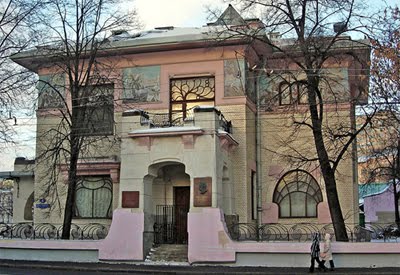
Let's have a closer look at the inside of Ryabushinsky Mansion where the magnificent Art Nouveau staircases are the main feature.
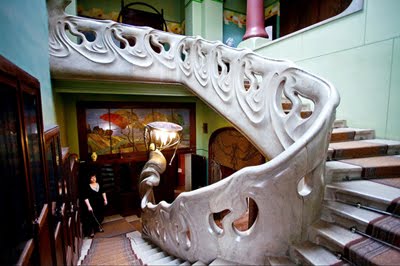
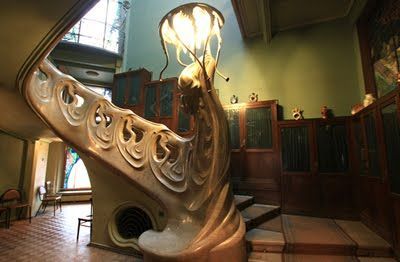
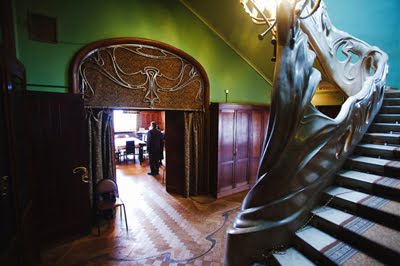
The rooms and ceilings abound with the brilliant touch of the Russian architect Fyodor Osipovich Schechtel (1859-1926). He designed the building in 1900 and was also a graphic artist and stage designer, which can be seen in the theatrical arrangement of the architectural features and art nouveau style furniture.
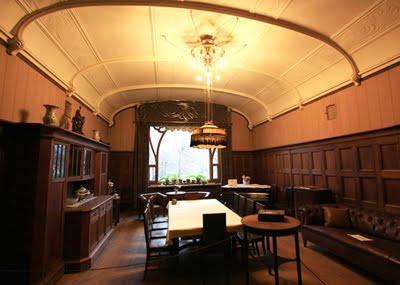
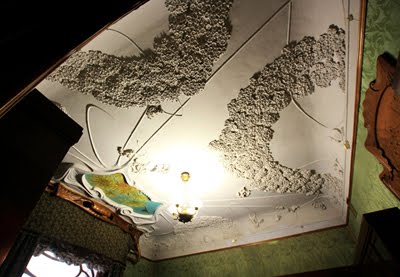
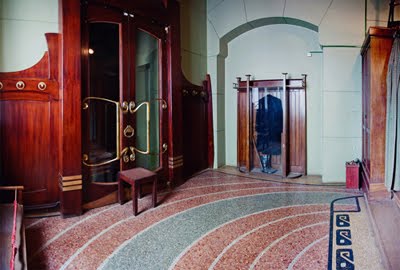
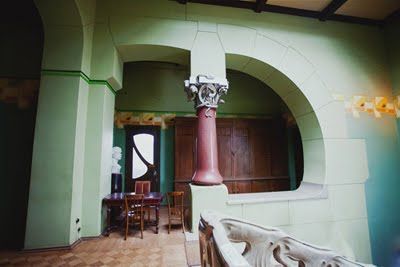
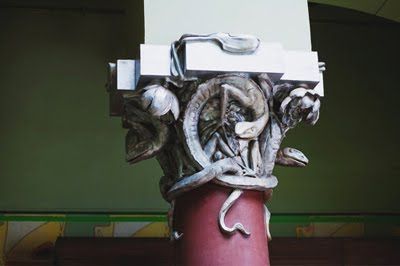
Here is one of the windows in the Ryabushinsky Mansion, demonstrating Schechtel's skill in the art nouveau style. This glorious window on the staircase landing is shown on the left and centre. On the right is one of the external windows which decorates the pretty facade.
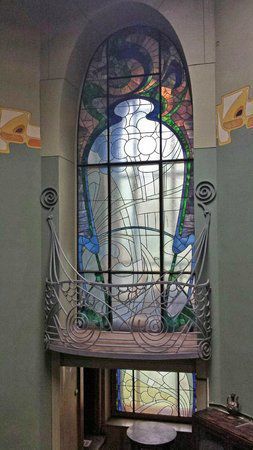
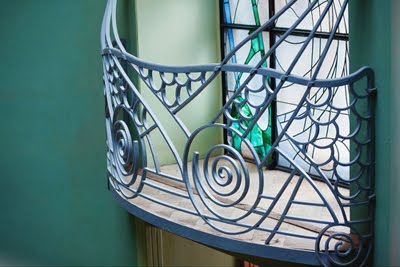
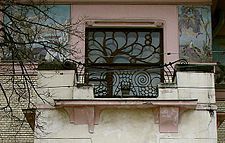
Schechtel is seen as the most influential and prolific master of Russian Art Nouveau and late Russian Revival. He came from an ethnic German background and was baptised Franz Albert Schechtel but changed his name to Fyodor Osipovich Schechtel at the outbreak of World War 1. In the 20 years of his private practice he completed five theatres, 5 churches, 39 private residences, the Yaroslavsky Rail Terminal, and many other buildings, primarily in Moscow.1
Most of Schechtel's legacies survive to this day. So let’s have a look at a few more of his buildings.
This incredible creation is the Yaroslavsky Rail Terminal, in Moscow, which was redesigned and rebuilt by Schechtel in 1902-04.

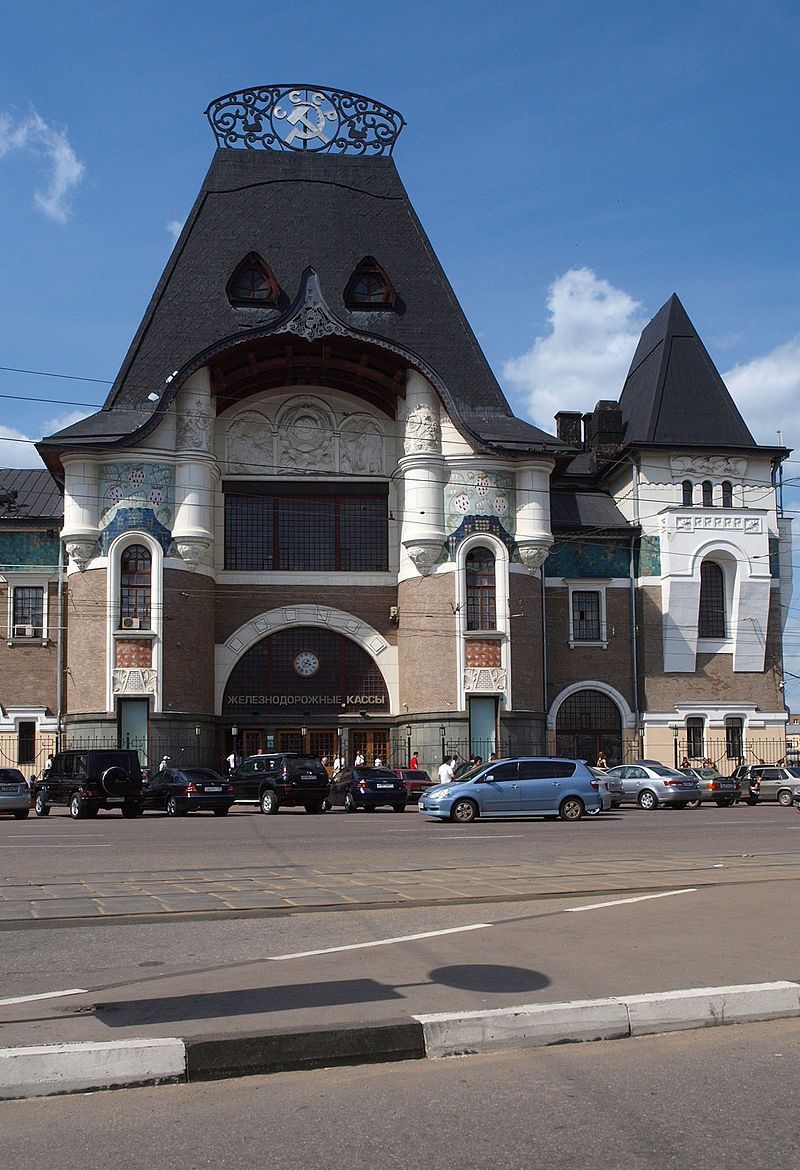
Moving on, we next look at the delightful building called the Levenson Printshop in Trekhprudny Lane, in Patriarshy Ponds, a well-to-do neighbourhood near Moscow's centre. Patriarshy Ponds is still home to many of Schechtel's works, including two of his own residences, built from 1896 and 1910. Schechtel designed the Printshop to have Gothic trim, but changed his plan midway through construction.5
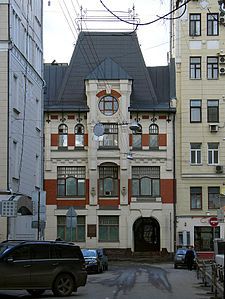
Schechtel was an interesting character and obviously very gifted. But he was also lucky to know some of the right people. He knew Anton and Nikolay Chekhov and illustrated a book for Anton Chekhov in 1886, who then recommended Schechtel to other influential people and wealthy patrons within Moscow's artistic circles who would become his future clients. Notably, this included the Morozov family of Old Believers.
Schechtel's mother worked for the Moscow merchant, Pavel Mikhailovich Tretyakov (1832–1898), a Russian businessman, patron of the arts, collector, and philanthropist who gave his name to the Tretyakov Gallery and Tretyakov Drive in Moscow. His brother Sergei Tretyakov was also a famous patron of the arts and a philanthropist.1
This glorious building is the Boyarsky Dvor Offices in Staray Square, Moscow, exemplifying the elegance that is synonymous with art nouveau and the work of Fyodor Schechtel.
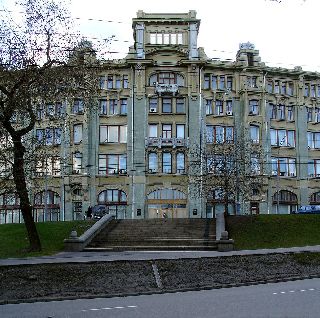
The main entrance to the Moscow Art Theater as seen below was also designed by Schechtel and is a masterpiece, especially with the addition of the sculpture The Wave by Anna Golubkina. Her bas relief was considered a symbol of Russian Modernism.
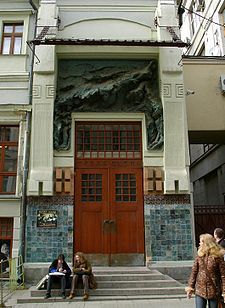
Anna Semyonovna Golubkina (1864-1927) was a Russian impressionist sculptor and has a fascinating biography. She was the first Russian sculptor to receive the Paris Salon prize, became an assistant to Auguste Rodin (replacing Camille Claudel) and has a crater on Venus named after her.
But back to Fyodor Schechtel. Below is one of his competition design drawings. This particular one is of the monument to 26 Baku Commissars, designed in 1923.
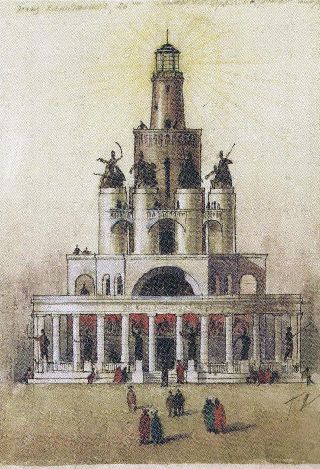
Please follow the link below if you would like to know more about Fyodor Schechtel and his works.

Credits
1. en.wikipedia.org
2. rbth.com
3. sites.google.com
4. tripadvisor.com
5. wikivisually.com
6. commons.wikimedia.org
7. wikiwand.com
